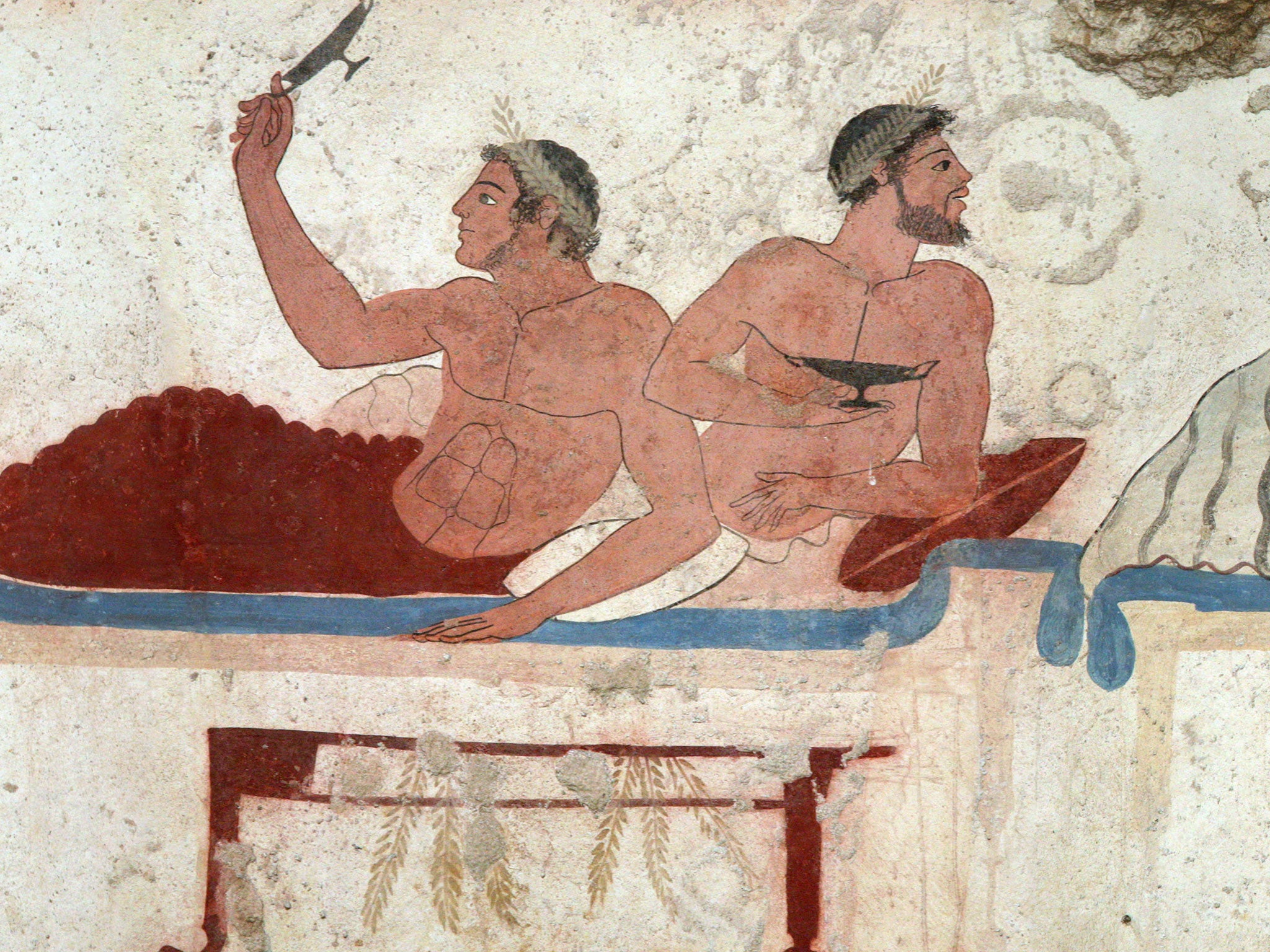Searching for Sappho by Philip Freeman, book review: A valiant attempt to uncover the identity of the poet
Freeman uses Sappho's poetry as a way in to exploring her culture, especially the experience of its women

Your support helps us to tell the story
From reproductive rights to climate change to Big Tech, The Independent is on the ground when the story is developing. Whether it's investigating the financials of Elon Musk's pro-Trump PAC or producing our latest documentary, 'The A Word', which shines a light on the American women fighting for reproductive rights, we know how important it is to parse out the facts from the messaging.
At such a critical moment in US history, we need reporters on the ground. Your donation allows us to keep sending journalists to speak to both sides of the story.
The Independent is trusted by Americans across the entire political spectrum. And unlike many other quality news outlets, we choose not to lock Americans out of our reporting and analysis with paywalls. We believe quality journalism should be available to everyone, paid for by those who can afford it.
Your support makes all the difference."Burning Sappho" as Byron called her, remains an enigma. The first – or rather the earliest known – female poet, she came from the Greek island of Lesbos and was active during the late 7th and early 6th-century B.C. One century younger than Homer (whoever he was), she created a voice very different from his epic sweep. Achingly intimate in their first-person love confessions, her lyrics beg the question "who was she"?
In Searching for Sappho, Philip Freeman, an American academic, admits that it is impossible to write the real Sappho's biography. Even the reconstruction of her oeuvre is trammelled by the fact that it exists in fragments mostly deriving from quotations in the works of much later Classical literary critics. Some of his most intriguing stories relate to the discovery by modern-age archaeologists of scraps of papyrus containing new examples of her work.
Apart from the texts themselves, everything we know about her is a myth. She was said in a Byzantine encyclopaedia to have been married to a wealthy merchant named Cercylas. But this turns out, more likely, to have been a dirty joke, as the name in Greek signifies "Mr Penis from Man Island". Ovid disseminated the legend that she committed suicide out of lovesickness for a mysterious ferryman, Phaon, who had rejected her advances. Yet Sappho's extant work includes recently discovered lines that suggest that she outlived the intensity of youth to reach old age (or what passed for old age in an era of low life expectancy). Sappho is, of course, associated with above all with erotic passion. From her we get the words Sapphic and Lesbian. Her intense portrayal of same-sex eroticism is like nothing else in literature, especially her extended metaphors for physical arousal (Freeman points out that in the phrase usually translated "I am greener than grass", the word "green" in fact means wet and dewy). And yet she clearly also had a husband as her poetry refers to her beloved daughter Cleis. Sexuality was more fluid in the days of the ancient Greeks. We learn here that their verb "to lesbianize" refers not to woman-on-woman activity but to blow-jobs.
Some have suggested that Sappho's first-person lyricism was a sophisticated theatrical projection. Freeman asserts on the contrary that her work must have been based on authentic personal experience, although he can offer nothing more than his gut feel to support this argument. What he can do more objectively is to use her poetry as a way in to exploring her culture, especially the experience of its women. Sappho must have belonged to an economically privileged strata, given her education and that she alludes to a sea-faring merchant brother in poem. But in all walks of life, Greek women's existence was founded on the family and marriage. Her work bears testimony to the wedding rituals of the era and also pays tribute to the intense emotions mothers felt for their children in a time and place when childbirth was as dangerous as the battlefield.
This short book provides an admirably clear and compact introduction to Sappho, while offering as a bonus a complete new translation of her frustratingly incomplete known oeuvre (one fragment reads simply "and I to you … of a white goat", leaving the mind to boggle). It will whet your appetite, but leave you in a state of unsatisfied desire.
WW Norton, £17.99. Order at £15.99 inc. p&p from the Independent Bookshop
Join our commenting forum
Join thought-provoking conversations, follow other Independent readers and see their replies
Comments